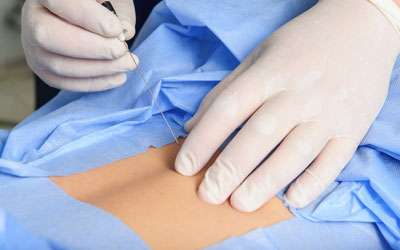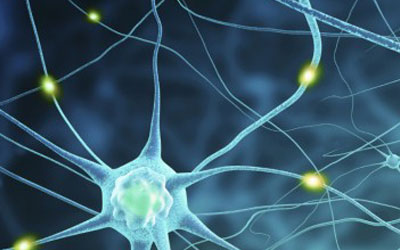Nerve Pain Treatments For Chronic Pain
With or without urine spillage, PainMed Clinic can apply sacral nerve stimulation therapy to treat an overactive bladder. Sacral neuromodulation in pain clinic. Peripheral nerve stimulation (PNS) is a procedure commonly used in PainMed Clinic Sydney to treat nerve pain treatments by stimulating peripheral nerves.
What is Peripheral Nerve Stimulation (PNS)?
Peripheral Nerve Stimulation is a specialised form of neuromodulation therapy targeting the peripheral nerves which supply the painful area. This therapy lends itself to more localised pain syndromes.
Unlike a spinal cord stimulator there is usually no implanted pulse generator. The current is delivered wirelessly to the peripheral nerve through the skin. The system is controlled by a handheld device or smart device.
What conditions respond to Peripheral Nerve Stimulation?
Peripheral Nerve Stimulation is indicated for a number of conditions, some of the well know conditions which respond to PNS is as follow;
- Persistent Post-Surgical Pain Syndrome
- Post Hernia Repair
- Post Total Knee Replacement
- Post Foot and Ankle Reconstruction
- Headache Syndromes – Occipital Nerve Stimulation
- Phantom Limb Pain
Which patients may not be suitable for PNS implant?
PNS is a fairly simple, minimally invasive technique. Some of the issues to consider prior to a PNS trial are;
Blood thinners: In situation where blood thinners cannot be stopped for the procedure
Cognition:Poor understanding and unable to operate the device or in patients with cognitive impairment e.g. dementia
Mental Health: Similar to medical conditions, psychological disorders require to be adequately addressed especially substance use disorders, psychosis. Excessive use of opioid medications and non-compliance, problems with use of alcohol, prescription drugs or recreational drugs
What involved?
The Trial: Stage 1
PNS stimulation offers a unique opportunity for patients, to trial the therapy before proceeding to a implant.
Insertion of the PNS lead takes place in an operating theatre under x-ray guidance; you will then go home to try the system for up to 7-10 days with an external battery attached to the lead. During the trial period the neuromodulation clinical team (you will have designated person) will keep record of your progress with daily pain scores and functional reporting. You will be asked to attend the clinic at the end of the trial period to remove the leads.
Full Implant – Stage 2
This procedure is performed approximately 4-6 week after a successful stage one trial. The procedure is like stage one except for the PNS leads are tucked underneath the skin. An external antenna placed over the implanted lead talks wirelessly to the PNS lead and stimulates the target nerve. Post implant you may stay overnight or go home the same day depending on how you feel.
Post Implant – After Care
The first few weeks after your implant, the PNS leads may migrate. To minimise lead migration it is very important that you maintain the precautions we advise around bending, lifting, twisting and stretching. Patients are asked to avoid driving for 12 weeks post implant and you may need some additional support from friends/ family at home during this time.
You will be asked to attend clinic for regular follow up appointments for the first year. It may take several months before you are able to fully assess the benefits of stimulation. You may need to have sessions of programming the stimulator to achieve optimum pain coverage during this first year.
What is the risk involved, are there long-term complications?
PNS therapy is a well-tolerated and safe alternate to surgery and long term opioid medications. As with any surgical procedure there are risk involved as listed below;
Immediate risks:
- Lead movement (migration)
- Infection If this occurs, we may need to remove part, or all, of the system
- Bleeding – if you are on anticoagulant medication this may slightly higher risk
Long-term considerations are:
- Mechanical failure – battery faults, lead fracture, lead disconnection, lead failure due to electrical contacts scarring
- Loss of efficacy after a period of 2 yr
Other precautions:
- If you need surgery in the future, tell your surgeon and anaesthetist that you have an implanted device. This is important as it will affect the diathermy that can be used during surgery. Bipolar diathermy should be used.
- You should not have an MRI scan unless you have a compatible PNS system implanted. You may have a CT scan or X-ray.
- If you have a conventional PNS system, you should not drive with your stimulator switched on; surges in stimulation can interfere with your driving.
- Security scanners in shops or airports may affect or be affected by your stimulation and/or your implanted battery. Strong magnets may also do this (e.g. at tills in shops which deactivate the security tags on goods).


